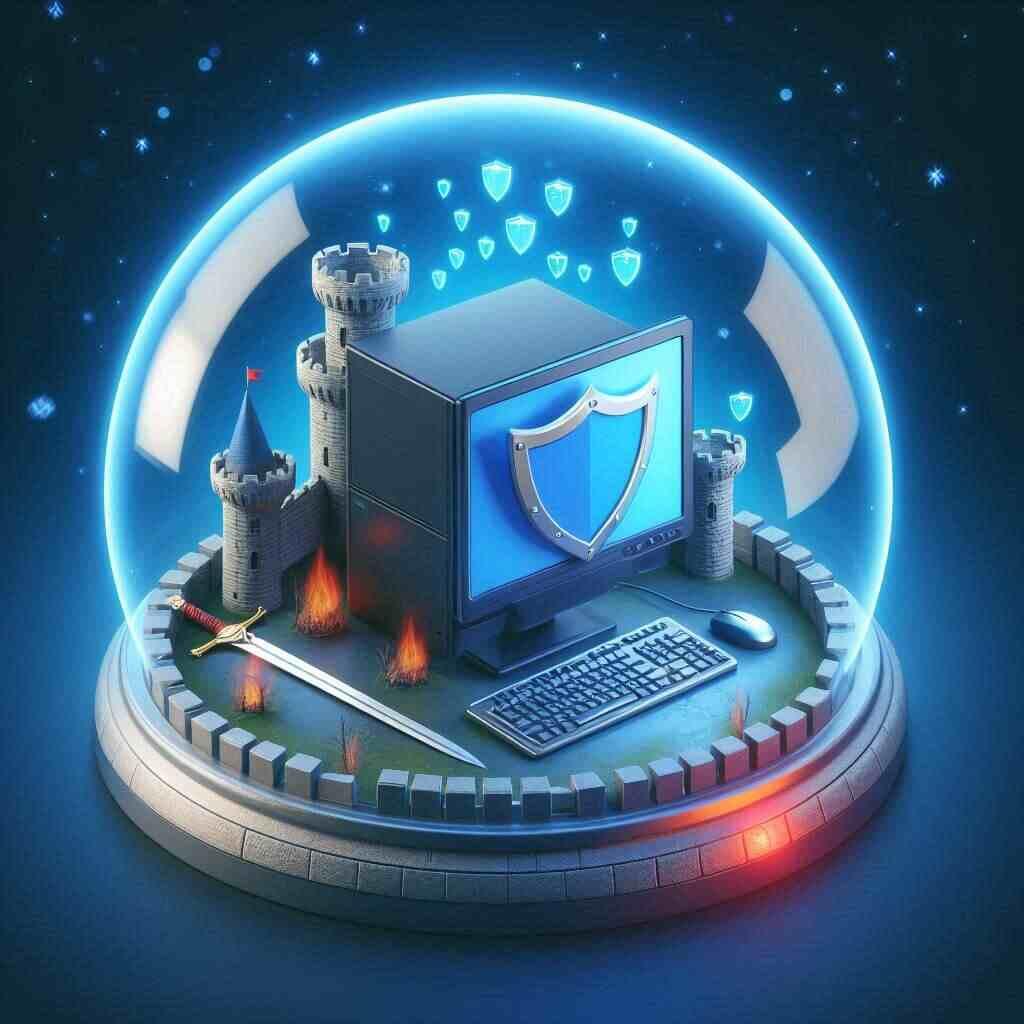**Cybersecurity: Safeguarding Our Digital Future**
In today’s increasingly interconnected world, cybersecurity has become a critical concern for individuals, businesses, and governments alike. As technology advances and our reliance on digital systems grows, so too does the need to protect these systems from a myriad of cyber threats. Cybersecurity encompasses the practices, technologies, and processes designed to protect computers, networks, programs, and data from unauthorized access, attacks, damage, or theft.
### The Evolving Threat Landscape
The cyber threat landscape is constantly evolving, with new threats emerging and old ones becoming more sophisticated. Cybercriminals employ a variety of tactics, from phishing and malware to ransomware and distributed denial-of-service (DDoS) attacks. These threats can result in significant financial losses, reputational damage, and disruption of services.
1. **Phishing**: One of the most common and effective cyber threats, phishing involves tricking individuals into providing sensitive information, such as passwords and credit card numbers, by masquerading as a trustworthy entity in electronic communications.
2. **Malware**: Malicious software, or malware, includes viruses, worms, trojans, and spyware. Malware can steal, encrypt, or delete data, alter or hijack core computing functions, and spy on a user's computer activity without their knowledge.
3. **Ransomware**: A type of malware that locks users out of their systems or data until a ransom is paid. Ransomware attacks have targeted individuals, businesses, and critical infrastructure, causing widespread disruption.
4. **DDoS Attacks**: Distributed Denial-of-Service attacks overwhelm a system, network, or service with traffic, rendering it unusable. These attacks can be used to disrupt operations or as a smokescreen for other malicious activities.
### Key Components of Cybersecurity
Effective cybersecurity requires a multi-layered approach, incorporating various strategies and tools to protect against diverse threats. Key components include:
1. **Encryption**: The process of converting data into a code to prevent unauthorized access. Encryption is essential for protecting sensitive information, especially during transmission over networks.
2. **Firewalls**: A security system that monitors and controls incoming and outgoing network traffic based on predetermined security rules. Firewalls act as a barrier between a trusted network and an untrusted network.
3. **Antivirus and Anti-malware Software**: Programs designed to detect, prevent, and remove malicious software. Regular updates are essential to protect against new threats.
4. **Multi-Factor Authentication (MFA)**: An additional layer of security that requires not only a password and username but also something that only the user has on them, such as a physical token or a fingerprint.
5. **Intrusion Detection and Prevention Systems (IDPS)**: Tools that monitor networks or systems for malicious activity or policy violations and can respond to detected breaches.
6. **Security Awareness Training**: Educating employees and users about cybersecurity risks and best practices. Human error remains one of the weakest links in cybersecurity, making training crucial.
### The Role of Governments and Regulations
Governments worldwide play a vital role in cybersecurity, both in terms of policy-making and regulation enforcement. Legislation such as the General Data Protection Regulation (GDPR) in the European Union and the Cybersecurity Information Sharing Act (CISA) in the United States aims to protect personal data and promote information sharing about cyber threats.
### Future Trends in Cybersecurity
As technology continues to evolve, so will the field of cybersecurity. Key trends include:
1. **Artificial Intelligence (AI) and Machine Learning**: AI and machine learning can enhance cybersecurity by identifying patterns and predicting potential threats. These technologies can automate threat detection and response, making cybersecurity efforts more efficient.
2. **Internet of Things (IoT) Security**: With the proliferation of IoT devices, ensuring their security has become paramount. IoT devices often lack robust security measures, making them vulnerable to attacks.
3. **Quantum Computing**: While still in its infancy, quantum computing has the potential to break current encryption methods. Researchers are already working on quantum-resistant algorithms to prepare for this eventuality.
4. **Blockchain Technology**: Blockchain can enhance cybersecurity by providing secure and transparent methods for recording transactions. Its decentralized nature makes it less susceptible to certain types of attacks.
### Conclusion
Cybersecurity is a dynamic and ever-evolving field, essential for protecting the digital infrastructure that underpins our modern world. By understanding the threat landscape, implementing robust security measures, and staying informed about emerging trends, individuals and organizations can better safeguard their digital assets and ensure a secure future in the digital age.

